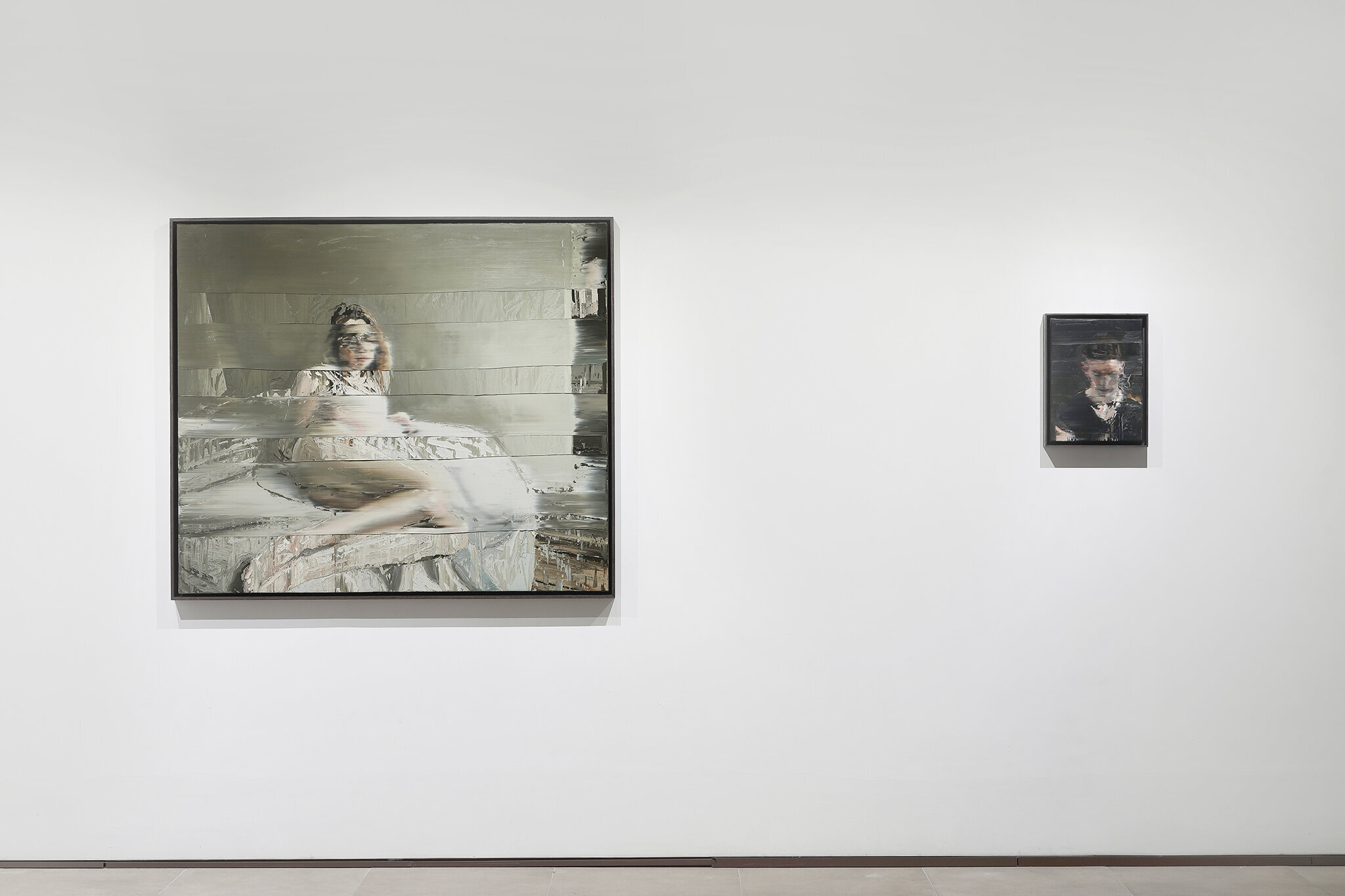Solo Exhibition, Opera Gallery, London
Anatomy of the Mind | 3 June — 27 June 2021
Denzler’s painterly gestures shudder with uncanny, sensitive feeling rather than assert themselves with brute force, as New York School painterly gestures tend to do. However abstract his gestures seem to be, however much they can be appreciated as aesthetic and expressive phenomena in themselves, whatever representational purpose they serve, they are not raw with instinct and self-dramatizing as the gestures of the New York abstract expressionists tend to be. Pollock, de Kooning, Kline tend to make stand-alone gestures, existing for their own grand sake, whatever representational purpose they nominally serve—whatever they “suggest.” In contrast, Denzler’s gestures are empathic responses to human beings with an inner life—his basic concern. Feeling for them, he tries to fathom their feelings, conveyed through his painterly gestures. Does the fact that his paintings are lyrically tender rather than pretentiously epic like the paintings of the New York School have anything to do with the fact that Denzler is a Swiss artist rather than an American artist, that he lives and works in Zurich rather than in New York? He is seasoned in traditional European art, aware of refined Old Master portraiture as well as rough-and-ready process painting, suggesting that he is equal to the task of post-modern painting, the integration of what Baudelaire called the Grand Tradition and Harold Rosenberg called the Tradition of the New. He is thus what I have called a New Old Master.
Donald Kuspit, White Hot Magazine, New York











